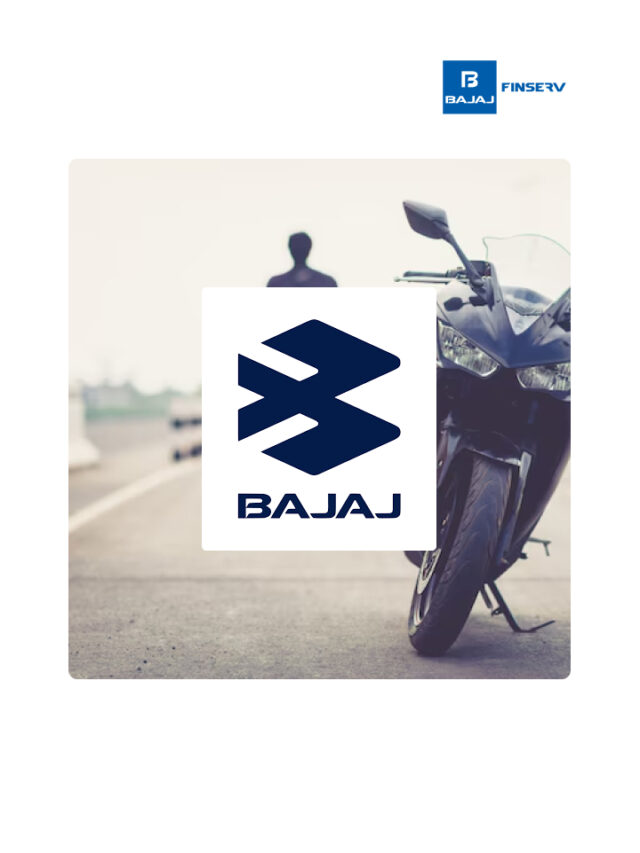How does an IPO work?
Last Updated on December 26, 2023 by BFSLTeam BFSLTeam

Very often, you will come across news events talking about companies issuing IPO. It happens when a private company opens itself to the public.
Once a company decides to launch its IPO, it must undergo various steps involving information disclosure and regulatory compliance. If you are planning to invest in IPO shares, you must be well aware of how an IPO works.
This blog will provide a detailed overview of the IPO working process in India.
What is an Initial Public Offering?
It’s the process by which private companies sell their shares to retail investors in the primary market for the first time. Through an IPO, promoters and early investors of a company sell some or all of their ownership to the public. By selling their shares, companies raise capital to expand their business, fund new projects, launch a new product or pay off their existing debt.
The Securities and Exchange Board of India (SEBI) regulates the entire process of buying and selling of IPO shares. Thus, it helps maintain transparency and accountability of publicly owned companies in India.
Along with helping businesses and companies raise capital, IPOs also help investors like you grow financially. To make the most of such offerings, you should be aware of the working of IPOs.
Additional Read: Vishnu Prakash R Punglia Ltd. IPO
How does an IPO work?
Let’s take you through the working of an IPO in a step-by-step manner for easy understanding.
- Companies hire underwriters
Companies must follow the guidelines set by SEBI to open themselves to public investors. The process of an IPO commences with a firm hiring a group of underwriters from an investment bank. They can also seek guidance from more than one investment bank to go ahead with this process.
The role of this team of underwriters is to study the company’s current financial situation and their handling of assets and liabilities. Following this, the company will sign an underwriting agreement that contains information about its upcoming IPO including the amount to raise and the securities offered to public investors.
The lead manager of an IPO is an investment banker who leads the entire IPO process. Besides the initial draft and valuation, they are responsible for coordinating with all parties and providing post-listing support.
- Preparation of DRHP and registration
After assessing the company’s present whereabouts and potential to grow, the next step in the IPO working process is registration with SEBI. To go ahead with this, the underwriter and the company authorities create a Draft Red Herring Prospectus (DRHP) together. The initial prospectus does not contain the details of the IPO launch date as it is not the final document.
This document contains all the details you need to know about a company, including its finances and motives to go public with an IPO. Companies also mention their motive for issuing IPO, business plans, a rough estimated price of each share and their risk reports. After this, they must submit this DRHP to the Registrar of Companies (ROC) at least 3 days before they launch an IPO.
Additional Read: IPO investment strategy
- Registration with SEBI
Following this, the concerned company will send an application to SEBI to seek permission to raise funds through an IPO. If the company has complied with all SEBI’s guidelines, the market regulator approves it. Else, SEBI will send it back with advice for required changes.
Only after SEBI gives a green signal, the company can go ahead opening itself to retail investors on its set date. They will release the RHP for investors to know about the company to buy their IPO shares.
- Application to a stock exchange
After receiving a green signal from SEBI, the next step of how IPOs work is filing applications to stock exchanges. They must fulfil all eligibility requirements for listing as stipulated by the stock exchange to launch an IPO.
- Marketing
Following this, a company can start marketing its IPO issue to make retail investors aware. They can do so using various marketing strategies. To promote their IPO, they use mediums like social media, road shows, and advertisements.
- Issue Pricing
Just before a company releases their IPO, they hold a discussion with its investment bankers regarding the issue of prices of shares. They can set a price with any of the two methods- book-building or fixed-price IPOs.
- Fixed price IPO: In this, underwriters and company authorities agree upon a fixed price for their shares. They take into account all liabilities, demand for stocks and their target fund to set a price for IPO shares.
- Book building IPO: In this, companies announce a price band set by underwriters and company shareholders. You can put your bids for IPO shares only within this price range. An IPO’s cap price can be at most 20% higher than its floor price.
Every company is free to set a price band of their choice besides banks and infrastructure companies. Companies typically open their books for three days during which bidders can enter and revise their bids. The final bid price is referred to as the cut-off price.
- Bidding process begins
Next, IPO shares are made available to the public for bidding according to the lot price set by the company. This window is open for only 3 to 5 days and you can revise your bids before this window closes.
By the last day, this window closes and the company announces its IPO cut-off price. This is the final amount at which they will sell their shares.
- Allotment of shares
After the bidding dates close, the company along with its underwriters decides how many shares each investor can receive. They will offer the entire demanded number of securities to investors in case of an undersubscription.
If investors have oversubscribed to the IPO, i.e., they have placed more bids than the number of shares offered, everyone will not receive shares. A computer-based randomised lottery system is used to allocate shares to investors. The rest will get a refund in their bank account.
Additional Read: What is oversubscription in IPO?
Why do private companies launch an IPO?
Now you have a comprehensive idea of how does IPO work? Let’s take a look at factors and motives that influence companies to issue an IPO.
Following are some pivotal reasons that drive companies to raise funds through an IPO.
- Strengthen market value
The IPO working procedure involves several rounds of investments that help companies to raise funds from the market. To issue an IPO, companies determine lot sizes and prices of IPO shares based on the company’s market demand.
This means if a renowned private company issues an IPO, owing to its high demand in India their IPO issue price will be quite high.
- Liquidity for current shareholders
Very often, private companies tend to have insufficient liquidity to provide dividends to their shareholders. After getting listed in the primary market via an IPO, these shareholders can trade their securities and earn substantial capital.
- Raising capital for business expansion
Through an IPO, companies can raise substantial funds to meet various needs. This can include meeting business expansion goals. The capital earned by issuing an IPO can fund growth opportunities like infrastructural development, and installation of new equipment.
- Gain access to capital markets
Before issuing an IPO, a company receives funds from a specific group of internal investors. However, with an IPO, a firm can gain access to a much larger pool of investors willing to buy their shares. With access to capital markets, companies can choose to issue bonds, additional shares and debt instruments to focus on their capital growth.
To invest in upcoming IPOs easily, you can consider opening a Demat and trading account with Bajaj Financial Securities. We offer a simplified IPO subscription process where you do not have to search for documents to apply for an IPO. All of your details are pre-filled in the application form.
The afore mentioned steps enumerate how an IPO works. To start an investment in an IPO, consider researching the private company and reading its DRHP thoroughly.










